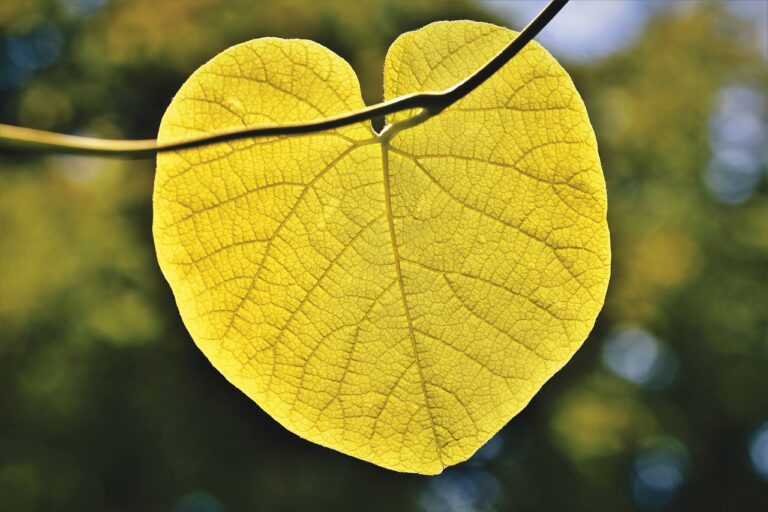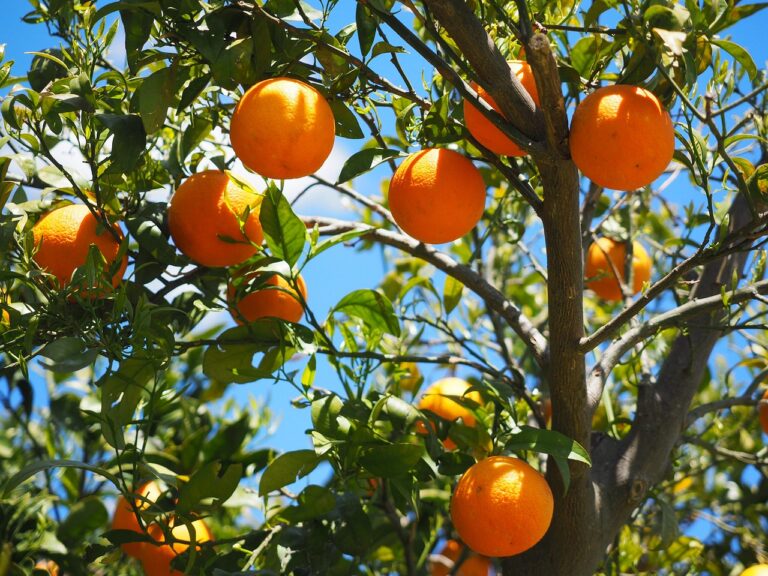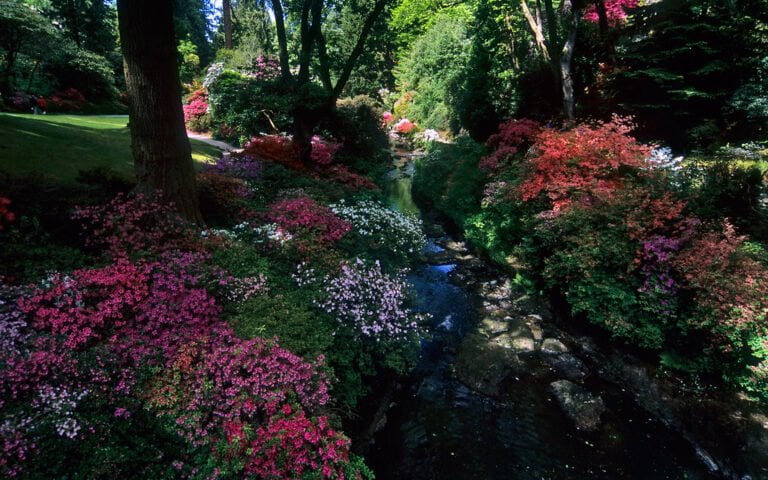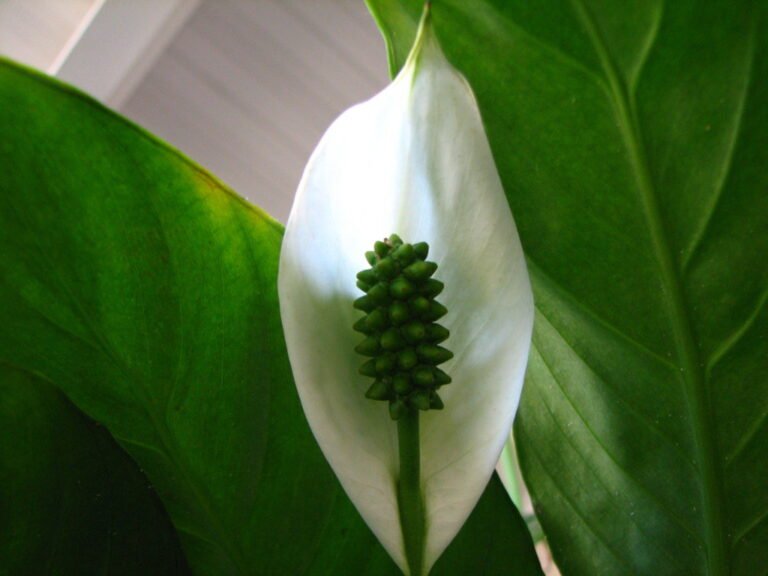Understanding Weeping Evergreen Trees: Types, Care, and Characteristics
Are you curious about weeping evergreen trees and how to care for them? Look no further! In this article, we'll provide you with a comprehensive guide to understanding the different types, proper care techniques, and unique characteristics of these beautiful trees. Whether you have a small garden or a large landscape, we'll help you enhance the aesthetic appeal of your outdoor space. Get ready to learn all about weeping evergreen trees and become a pro in their care!
Weeping Evergreen Trees: An Overview
If you're interested in learning about weeping evergreen trees, you'll find that their unique characteristics and graceful appearance make them a popular choice for landscaping. Weeping evergreen trees are known for their cascading branches that create a beautiful, flowing effect in your garden or yard. They add an elegant touch to any landscape and can be used as focal points or accents in your design. Some common types of weeping evergreen trees include the Weeping Blue Atlas Cedar, Weeping Norway Spruce, and Weeping White Pine. These trees require regular pruning to maintain their shape and prevent overcrowding. Additionally, they prefer well-drained soil and thrive in full sun or partial shade. With proper care and attention, weeping evergreen trees can be a stunning addition to your outdoor space.
Different Types of Weeping Evergreen Trees
Now let's delve into the different types of weeping evergreen trees that you can consider for your garden or yard. There are several popular options to choose from, each with its own unique characteristics. The first type is the Weeping Blue Atlas Cedar, known for its stunning blue-green foliage and cascading branches that create a dramatic effect. Another popular choice is the Weeping Norway Spruce, which features elegant, drooping branches and dark green needles. For a more compact option, you might consider the Weeping White Pine, with its graceful, weeping habit and soft, blue-green needles. Lastly, the Weeping Hemlock is a great choice for smaller spaces, with its pendulous branches and delicate, feathery foliage. Consider these different types of weeping evergreen trees to add beauty and interest to your outdoor space.
Choosing the Right Location for Weeping Evergreen Trees
Find the perfect spot for your weeping evergreen tree by considering its sunlight and soil requirements. Weeping evergreen trees thrive in full sun or partial shade, so choose a location that receives at least 6 hours of direct sunlight each day. Avoid placing them in areas with excessive shade, as it can hinder their growth and result in sparse foliage. Additionally, ensure that the soil is well-draining and rich in organic matter. Weeping evergreens prefer slightly acidic to neutral soil with a pH level between 5.5 and 7.5. Conduct a soil test to determine its pH level and make necessary amendments if needed. It's also crucial to provide enough space for the tree to spread its branches and have proper air circulation. By selecting the right location, you will help your weeping evergreen tree thrive and enhance the overall aesthetics of your landscape.
Proper Planting Techniques for Weeping Evergreen Trees
To ensure successful growth and establishment of your weeping evergreen tree, it is important to follow proper planting techniques. Start by selecting a suitable location that provides adequate sunlight and well-drained soil. Before planting, prepare the hole by digging it twice as wide and slightly shallower than the root ball. Gently remove the tree from its container and loosen the roots to encourage outward growth. Place the tree in the hole, ensuring that the top of the root ball is level with the soil surface. Backfill the hole with soil, firming it gently to eliminate air pockets. Water the tree thoroughly after planting and apply a layer of mulch around the base to conserve moisture and suppress weeds. Regular watering and maintenance will promote healthy growth and ensure the long-term success of your weeping evergreen tree.
Essential Care Tips for Weeping Evergreen Trees
For proper care of your weeping evergreen tree, it is important to follow these essential tips. First, ensure that your tree is planted in well-drained soil to prevent root rot. Water the tree regularly, especially during dry periods, but avoid overwatering as it can lead to fungal diseases. Mulching around the base of the tree helps retain moisture and suppresses weed growth. Prune your weeping evergreen tree in early spring to remove dead or damaged branches and maintain its shape. Apply a balanced fertilizer in early spring to promote healthy growth. Protect your tree from harsh winter conditions by wrapping it with burlap or providing a windbreak. Finally, monitor your tree for pests and diseases and take appropriate action if necessary. By following these care tips, you can ensure the health and beauty of your weeping evergreen tree.
Pruning and Shaping Weeping Evergreen Trees
Maintaining the desired shape and structure of your weeping evergreen tree through regular pruning is essential for its overall health and aesthetic appeal. When it comes to pruning and shaping your weeping evergreen tree, there are a few key tips to keep in mind. Firstly, it's important to prune your tree during the dormant season, preferably in late winter or early spring. This allows the tree to heal more effectively and minimizes the risk of disease or pest infestation. When pruning, focus on removing any dead, damaged, or diseased branches, as well as any branches that are crossing or rubbing against each other. Additionally, you can selectively prune to enhance the weeping shape of the tree, removing branches that detract from its overall form. Remember to use sharp, clean pruning tools and make clean cuts just above a bud or lateral branch to encourage proper healing. By following these pruning and shaping techniques, you can ensure that your weeping evergreen tree maintains its desired form while promoting its health and beauty.
Common Pests and Diseases of Weeping Evergreen Trees
When caring for your weeping evergreen trees, it is important to be aware of common pests and diseases that can affect their health and vitality. One common pest to watch out for is the spider mite. These tiny pests can cause damage by sucking the sap from the leaves, resulting in yellowing and wilting. To prevent spider mites, regularly inspect your trees and spray them with a strong jet of water to dislodge any pests. Another pest to be mindful of is the bagworm. These caterpillars build protective bags around themselves using tree foliage, which can lead to defoliation if left untreated. Handpicking the bags and destroying them is an effective control method. As for diseases, one common issue is needle blight, which causes needle discoloration and defoliation. Prune affected branches and ensure good air circulation to prevent the spread of the disease. Additionally, root rot can occur if the soil is overly saturated. To prevent this, make sure your trees are planted in well-draining soil and avoid overwatering. By being aware of these common pests and diseases, you can take proactive measures to protect the health of your weeping evergreen trees.
Enhancing the Aesthetic Appeal of Weeping Evergreen Trees
To truly enhance the aesthetic appeal of your weeping evergreen trees, consider incorporating strategic lighting and thoughtful placement in your landscape design. Lighting can play a significant role in highlighting the beauty of your trees, especially during the evening hours. Install outdoor spotlights or string lights to create a magical ambiance and draw attention to the graceful form of the weeping branches. Experiment with different angles and intensities to achieve the desired effect. Additionally, thoughtful placement of your weeping evergreens can greatly enhance their visual impact. Consider planting them as focal points in your garden or near water features to create a tranquil and inviting atmosphere. You can also use them to frame entrances or pathways, adding a touch of elegance to your outdoor space. By combining strategic lighting and thoughtful placement, you can truly enhance the beauty of your weeping evergreen trees and create a stunning landscape that will be admired by all.
Weeping Evergreen Trees for Small Gardens
For small gardens, consider incorporating dwarf weeping evergreen trees to maximize space while still enjoying the elegant beauty of these graceful plants. These compact trees are perfect for smaller outdoor spaces, as they have a smaller overall size but still maintain the stunning weeping form. One popular option is the Dwarf Weeping Norway Spruce (Picea abies 'Pendula'), which only grows to about 3 feet tall and 5 feet wide. Another great choice is the Dwarf Weeping Japanese Maple (Acer palmatum 'Dissectum'), which reaches a height of around 5 feet and has cascading branches that create a striking visual effect. These trees require regular watering, well-draining soil, and some pruning to maintain their shape. With their smaller size and graceful appearance, dwarf weeping evergreen trees are a wonderful addition to any small garden.
Unique Characteristics of Weeping Evergreen Trees
Weeping evergreen trees possess distinctive features that set them apart from other types of trees. One unique characteristic of these trees is their graceful, cascading branches that droop downward, creating a weeping effect. This elegant form adds a touch of beauty and serenity to any landscape. Additionally, weeping evergreen trees are known for their year-round green foliage, which provides a constant source of color and texture in the garden. This makes them an excellent choice for those seeking a visually appealing and low-maintenance tree. Another notable characteristic is their ability to tolerate a wide range of soil conditions and climates, making them adaptable to various environments. With their unique features, weeping evergreen trees offer a distinctive and enchanting addition to any garden or landscape.
Conclusion
In conclusion, weeping evergreen trees are a beautiful addition to any garden or landscape. By understanding the different types of weeping evergreens and choosing the right location for planting, you can ensure their growth and vitality. Proper planting techniques and essential care tips will help these trees thrive and withstand common pests and diseases. With their unique characteristics and the ability to enhance the aesthetic appeal of your outdoor space, weeping evergreen trees are a wonderful choice for small gardens.






